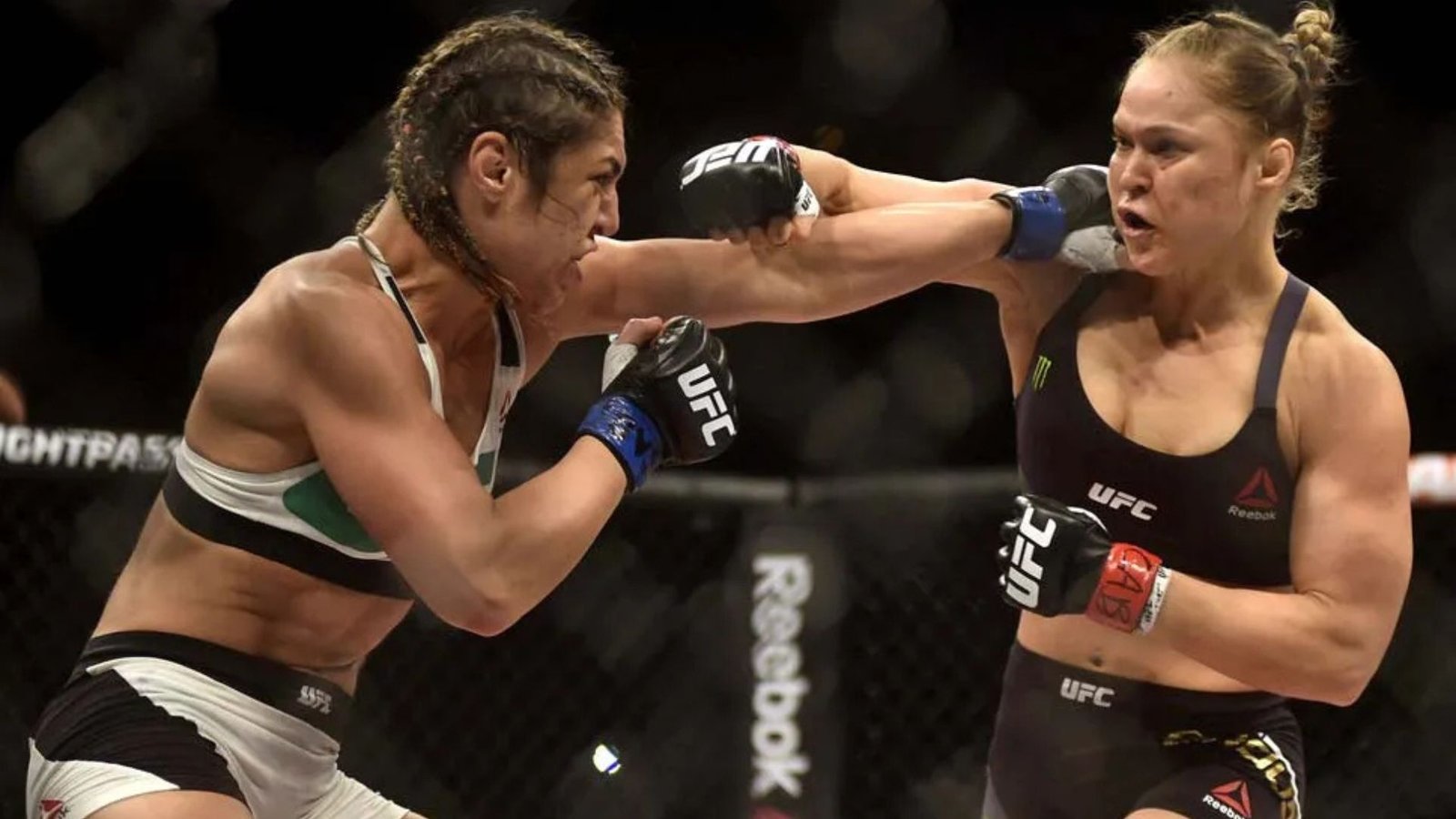Cage fighting is an exciting blend of various combat disciplines, and wrestling plays a huge role in shaping the outcome of a match. In Mixed Martial Arts (MMA), fighters use different wrestling styles to control the fight, take down opponents, and avoid getting pinned or submitted. These wrestling styles are not just about strength; they require technique, timing, and strategy. This article explores the popular cage fighting styles in wrestling matches that are commonly seen in the cage.

1. Freestyle Wrestling
Freestyle wrestling is one of the most common and effective styles used in cage fighting. This style allows wrestlers to use both their upper and lower bodies to take down and control their opponents. It is highly adaptable, with an emphasis on fluid movement, speed, and explosiveness.
In MMA, freestyle wrestlers often use quick takedowns, like the double leg or single leg, to bring the fight to the ground. Once on the ground, they can work for ground and pound or position themselves for submissions. Freestyle wrestlers are also good at defending against takedowns and using their agility to scramble when they’re in a bad position. The quick transitions between standing and ground fighting make freestyle wrestling a powerful weapon in cage fighting.
UCMMA and Free Casino Games
UCMMA.tv showcases thrilling mixed martial arts action, highlighting the intensity and skill of fighters. For those seeking additional entertainment, explore a variety of free casino games at https://www.gambling360.com/casino-games/free/. Enjoy the best of both worlds, from combat sports to online gaming.
2. Greco-Roman Wrestling
Greco-Roman wrestling is another highly effective style used in cage fighting, although it focuses more on upper-body control than freestyle wrestling. In Greco-Roman wrestling, fighters can’t use their legs to trip or take down an opponent, so the style emphasizes powerful clinch work and throws.
When applied to MMA, Greco-Roman wrestling is useful in controlling opponents against the cage, particularly in the clinch position. Techniques like the body lock and suplexes are often used to slam opponents to the mat. Greco-Roman wrestlers excel at controlling their opponent’s posture and positioning, making it difficult for the opponent to escape or land strikes. This style of wrestling is excellent for controlling the pace of the fight, especially in close-range exchanges.
Ultimate Combat at UCMMA.tv
UCMMA.tv delivers high-octane mixed martial arts action, bringing you exclusive fights and behind-the-scenes content. For a different kind of adrenaline rush, explore online blackjack real money. Get your MMA fix and stay up-to-date with the latest from the world of combat sports.
UCMMA and Online Games
UCMMA.tv brings you the ultimate combat experience, showcasing the best in mixed martial arts. For a different kind of thrill, explore options like blackjack. Stay updated on MMA action and leisure activities.
3. Judo
While Judo is a martial art rather than pure wrestling, its techniques are often incorporated into cage fighting for their unique ability to throw opponents and gain dominant positions. Judo emphasizes throws and sweeps, and fighters can use these skills in the clinch to quickly take an opponent down.
In MMA, Judo practitioners often use the hip toss or sacrifice throw to bring their opponent to the ground with force. Judo’s emphasis on balance and leverage allows fighters to perform these throws even when their opponent is heavier or stronger. In the cage, Judo techniques are particularly useful when fighting near the cage, as they can help create angles for effective takedowns.
4. Catch Wrestling
Catch wrestling is an old-school wrestling style that has gained popularity in modern cage fighting due to its emphasis on both takedowns and submissions. This style involves a lot of aggressive grappling and a focus on maintaining dominant positions.
In MMA, catch wrestling practitioners excel at using their wrestling skills to take the fight to the ground and quickly transition to submissions. Techniques like the catch-as-catch-can and hooking allow catch wrestlers to lock their opponents into painful submissions from various positions. Catch wrestling is particularly useful for controlling an opponent when they’re attempting to stand up or escape, making it a dangerous style in the cage.
5. Sambo
Sambo is a Russian martial art and wrestling style that blends judo and traditional wrestling techniques. In MMA, Sambo fighters often utilize leg attacks, such as knee bars and ankle locks, which are less common in other wrestling styles. Sambo practitioners also use trips, throws, and clinch work to break an opponent’s balance and get them to the mat. This style is highly versatile and allows fighters to quickly transition between positions and look for submission opportunities. Due to its emphasis on controlling the legs and applying joint locks, Sambo is a highly effective style in the cage.
6. Submission Wrestling (No-Gi Jiu-Jitsu)
Submission wrestling, also known as no-gi Brazilian Jiu-Jitsu (BJJ), is a hybrid wrestling style that focuses on grappling, submissions, and control without the use of the traditional gi (uniform). In MMA, submission wrestling plays a significant role in both the standing clinch and on the ground.
While BJJ and submission wrestling are technically different, submission wrestling typically combines wrestling takedowns with ground submissions. Fighters who specialize in submission wrestling are dangerous once they get an opponent to the ground, as they are skilled at looking for chokes, arm locks, and leg submissions. Submission wrestling allows fighters to maintain dominant positions while searching for submission opportunities, often catching opponents off guard with quick transitions from top to bottom positions.
7. Dirty Boxing
Dirty boxing is a combination of wrestling and striking that focuses on close-range punches, elbows, and clinch control. While not purely a wrestling style, it is highly effective in the cage, especially when combined with a wrestler’s knowledge of body control and positioning.
In dirty boxing, fighters use the clinch to land strikes such as uppercuts, hooks, and short elbows while simultaneously working for position. The ability to control an opponent’s head and posture in the clinch allows dirty boxers to land clean strikes and set up takedowns. This style is particularly effective against opponents who prefer striking from a distance, as it closes the distance and disrupts their rhythm.
8. Takedown Defense and Reversals
While not a specific wrestling style, having excellent takedown defense and the ability to reverse positions is crucial for a wrestler in cage fighting.
In MMA, wrestlers often focus on improving their sprawls, underhooks, and defensive wrestling techniques to counter their opponent’s takedown attempts. Reversals, where the fighter transitions from being on the bottom to the top position, are also important in maintaining control and dictating the flow of the fight.
Conclusion
Wrestling styles are essential in cage fighting as they provide a foundation for controlling the fight and setting up submissions, takedowns, and strikes. Whether it’s the explosive takedowns of freestyle wrestling, the upper-body control of Greco-Roman wrestling, or the leg-lock mastery of Sambo, each wrestling style has its unique strengths in the cage.
Incorporating elements from these various wrestling styles allows fighters to become more versatile, giving them an edge in MMA competition. Understanding how to combine these techniques and adapt to different opponents is key to success in cage fighting.
UCMMA TV and More
Catch all the action of Ultimate Challenge Mixed Martial Arts at UCMMA.tv. For a different kind of strategic game, try https://www.gambling360.com/online-poker/.











